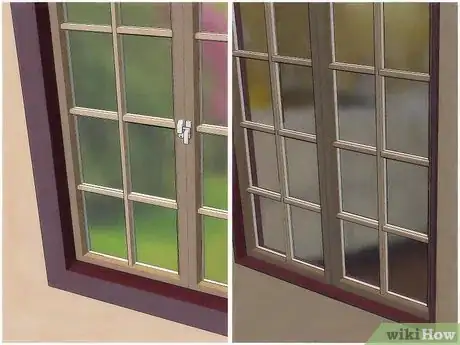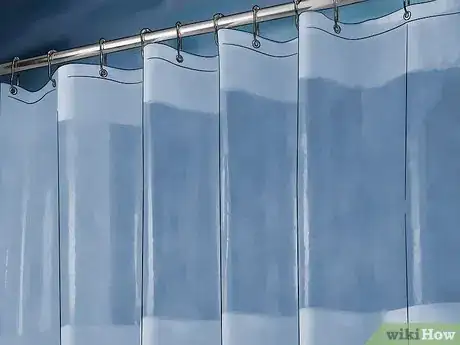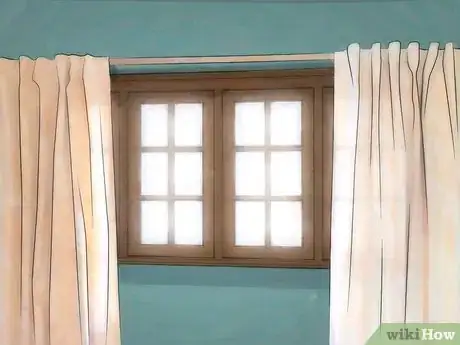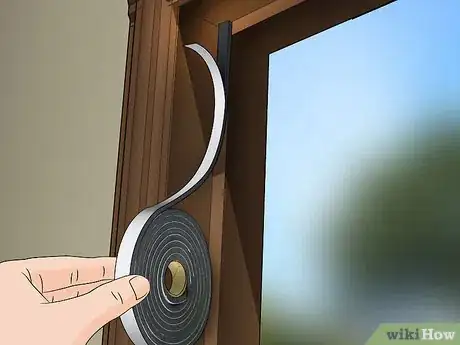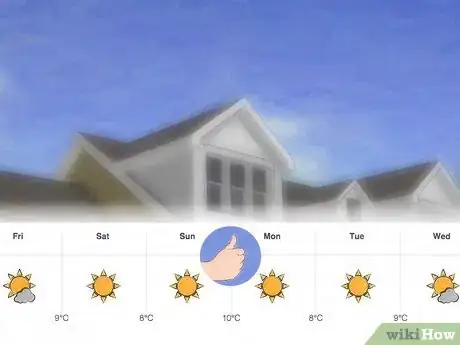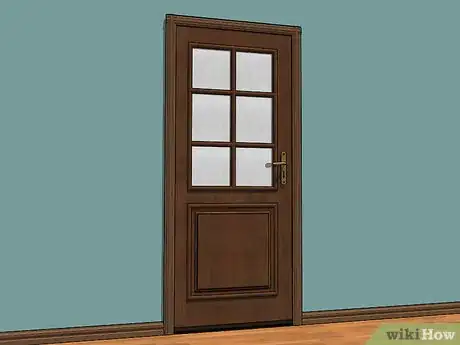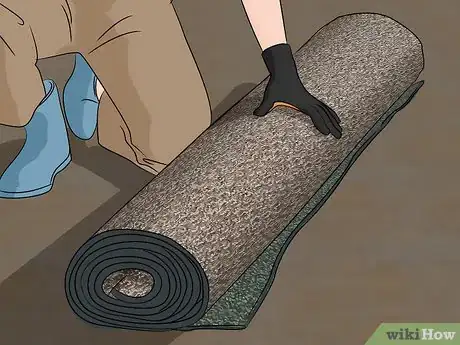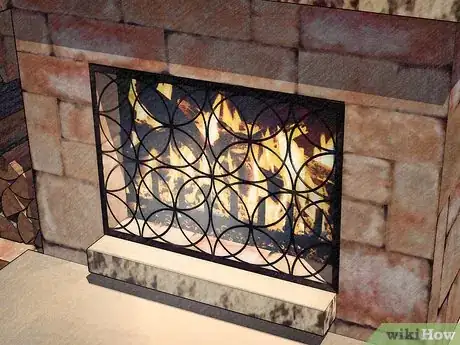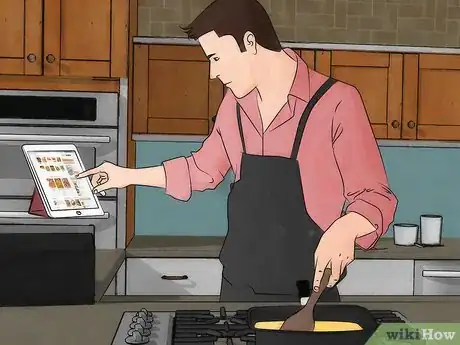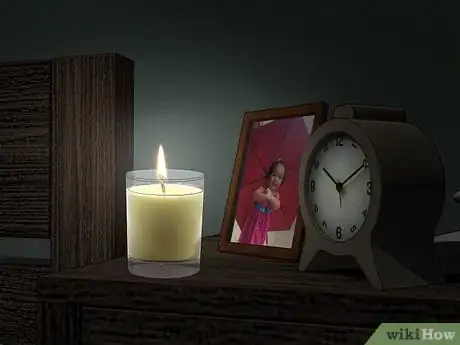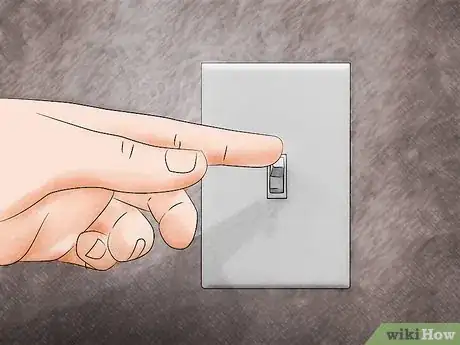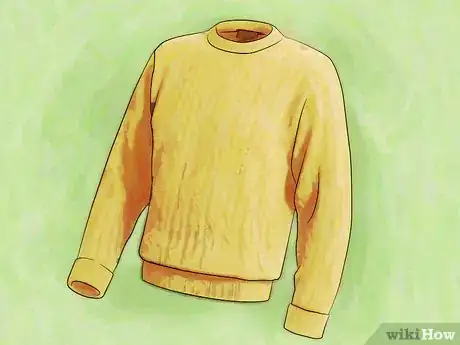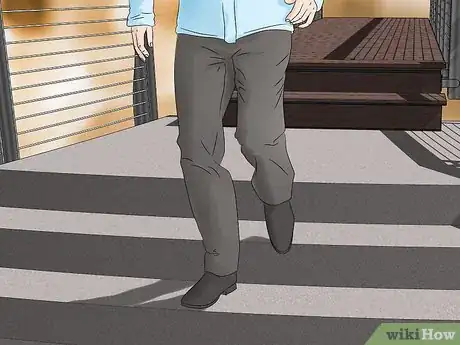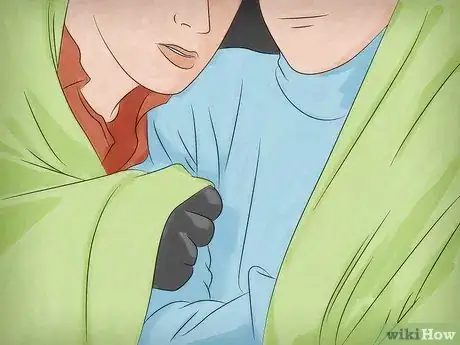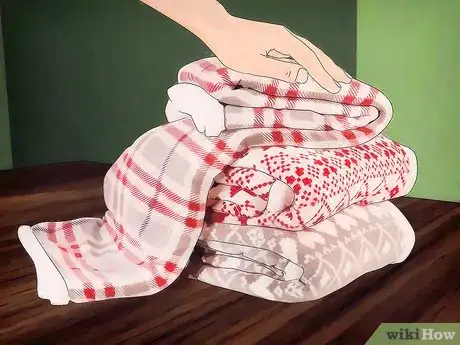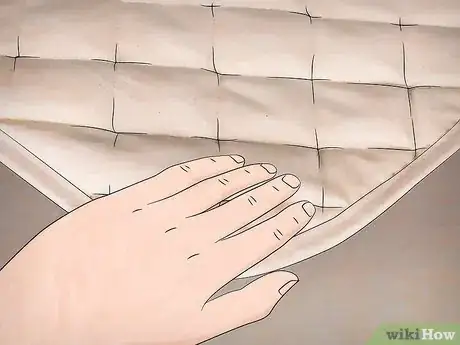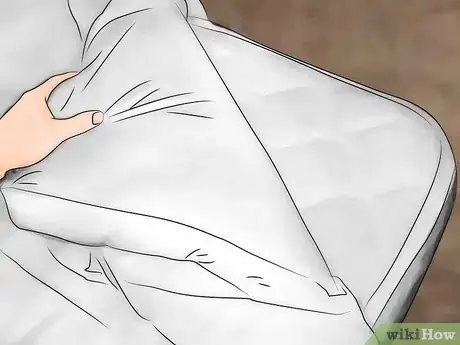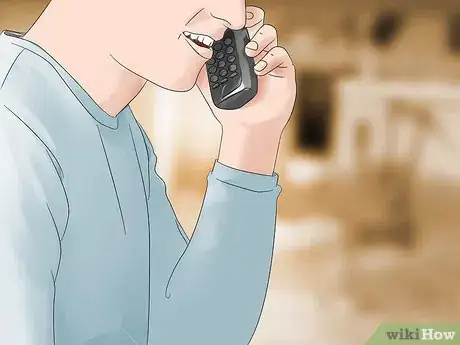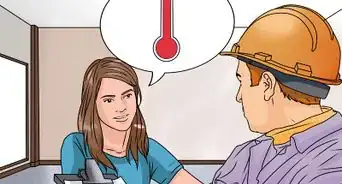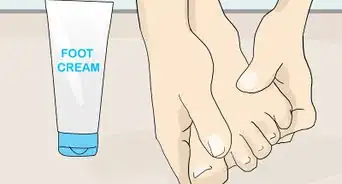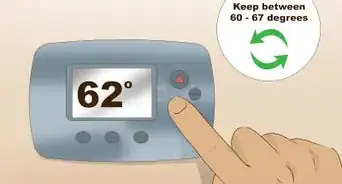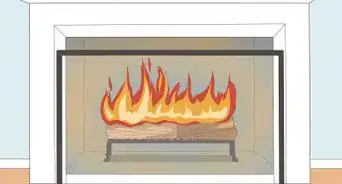This article was co-authored by Mark Spelman. Mark Spelman is a General Contractor based in Austin, Texas. With over 30 years of construction experience, Mark specializes in constructing interiors, project management, and project estimation. He has been a construction professional since 1987.
There are 8 references cited in this article, which can be found at the bottom of the page.
wikiHow marks an article as reader-approved once it receives enough positive feedback. In this case, 85% of readers who voted found the article helpful, earning it our reader-approved status.
This article has been viewed 1,968,990 times.
Whether you're a poor college student, low on funds or you're just frugal, living in a cold house isn't ideal for your health. Fortunately, there are some excellent ways to keep warm even though you lack a heater and in the process; you may even improve the efficiency of your home.
Steps
Heating Your House Without a Heater
-
1Close all of your windows properly. This includes making sure storm windows are installed and closed in place if you have them. Windows should be latched. Open them during the day if the temperature outside is higher than the temperature indoors.[1]
- Keep your windows air-tight. You may want to purchase removable window caulk or plastic to better seal them. At a minimum, stuff a towel or shirt in front of any noticeable leaks.
-
2Use cheap, transparent shower curtains over the windows that receive sunlight. This will keep the cold air out, and the warmth from the sun will heat your house without cold air coming in. You could also cover your windows with clear plastic sheets.[2]Advertisement
-
3Put up curtains. A set of heavy curtains can block heavy drafts of air. Open them when the sun is shining and close them when it's not.[3]
-
4Seal your doors. Check around the door frame and also under the door. You may want to buy weather stripping or a door sweep. Again, at minimum, make a draft dodger or stuff a towel at the bottom of the door.[4]
-
5Let as much sun hit your house as possible. Check for obstructions (e.g. plants, sheds) that might keep the sun's rays from reaching your house. Remove items leaning against walls on the sunny side of your house. (Ideally, put them back again at night for additional insulation).
-
6Close off any unused rooms. The closed door makes that room another barrier between you and the frigid outdoors. It also stops air from circulating as much, which reduces heat loss.[5]
- Home improvement stores sell magnetic register covers to "shut off" forced air furnace registers in unused rooms. That way when the heater does click on, only the registers in the rooms you use will pump out heat. This makes for more efficient use of the heater.
- Check that all heat registers are adjusted open, especially where plumbing pipes might freeze. Unblock cold air returns in heated rooms (they may be blocked with furniture or rug) so heat can circulate efficiently.
-
7Put down a rug or carpet. Rugs and carpets help prevent heat loss through the floor. They are generally warmer to the touch than wood or stone, and so offer a warmer surface to walk on.[6]
-
8Add insulation in the attic and the crawl space. A lot of heat escapes through the attic, as warm air rises and cold air sinks. Make sure that your attic has enough insulation.[7]
-
9Start a warm fire. If you have a fireplace, you can heat your house by lighting a fire. If there is no fireplace, you might consider installing one. Always supervise the fire while it is lit.
-
10Cook. Cooking can help you to keep warm as an activity, through the oven's warmth and by eating something nice and warm after.
- Bake cookies or a pie. Your oven will help to dry the air and heat the kitchen. The kitchen will be warm while you are cooking, and then you can have a great home cooked meal too!
- After, leave the oven on and open the oven door to let some heat in the house. Only leave the oven on for ten to twenty minutes, so you don't waste energy.
- Limit cooking that gives off steam, as this will increase the humidity in the air and make your house damp. Lowering humidity in the wintertime helps you to feel warmer. Water vapor (humidity) has a greater heat capacity (ability to absorb heat) than dry air. As a result, humid air feels colder in winter than does dry air and it takes more heat to make damp air feel comfortable.
-
11Light a candle. A candle/candles can produce a lot of heat, just be mindful of where they are placed and do not leave them unattended. A trip to most any grocery store or discount store can provide you with a number of candles cheap!
- Use a candle heater. It doesn't create as much heat as a fireplace or real heater, but will create warmth very cheaply.
-
12Turn on some lights. The average incandescent light bulb releases up to 95% of its energy as heat rather than light, making it an extremely efficient heat source.[8]
- Compact Fluorescent and LED lights are not helpful in warming your room, so save them for warmer days and use the money you saved to pay the heat bill.
Staying Warm in a Colder House
-
1Drink warm beverages. Warm beverages will raise your core temperature. The process can be very relaxing and even stimulating. Make a cup of tea or coffee. Sip on some warm broth.
-
2Dress warmly. A lot of people say you release one-third of your body's heat from your head but despite common belief, you release heat equally throughout your body. Either way, a hat is a good friend at a time like this. A turtleneck sweater or onesie can also work wonders. Dress in layers, especially with wool or cotton clothing. Wear slippers or warm socks. When you are sitting still, wrap a thick pure wool blanket around you. You also may want to consider purchasing a thermal shirt as wearing one under your sweater makes for a comfy shirt and an increased level of warmth.
- If you still get cold legs, you could buy a 2-pack of black tights from your local shop. Make sure they are opaques. Wear one or more pairs over each other under your clothes; this will provide your body with another layer of clothing to trap in warm air. Men can use long johns in lieu of stockings.
-
3Use smaller rooms. If, for example, you have a bedroom that is much smaller than your living room you could choose to use it as your bed-sitting room.
-
4Exercise. Doing twenty minutes of vigorous exercise can warm you up and keep you warm well after the exercise session. Plus, a healthy body is generally more tolerant of the cold.
- Be active. Moving around produces body heat! The more active you are, the better your blood circulation will be. This means that warm blood gets to your fingers and toes, keeping them warm.
-
5Find a friend or pet to snuggle with. The living body of any warm-blooded animal is a furnace unto itself. Snuggle with your cat or dog to keep each other warm.
-
6Use a hair dryer. Quickly spot-heat parts of your body, or your cold shoes or clothes before donning. You might use it to warm your bed before you get in it. Never cover it! It could overheat and cause a fire.
-
7Sit on a 50-watt heating pad. Rather than heating the whole house or room, sit on a low wattage heating pad. You can also make your own heating pads:
- Use a hot water bottle. It's great for warming your hands and lap while sitting; also put it under the covers at the foot of the bed.
- Microwave socks or small homemade "pillows" (also known as heat packs) filled with rice, dried corn, or beans for one minute in the microwave and use as a heating pad or bed-warmer.
-
8Buy a thick bathrobe or dressing gown. Think of it as a big, fluffy blanket with sleeves. They are very warm and comfortable, and you can even sleep in them!
-
9Go visiting/vacationing. Purposefully spend time in a location that is heated at no cost to you: library, church, a friend's house, etc.
-
10Consider using an electric blanket. An electric blanket can keep you very warm and comfortable in the night and it is more economical that an inefficient and expensive old wall heater. Over-the-knee versions for sitting up are available, usually covered with a nice, fluffy and warm fabric.
-
11Buy a zero-degree sleeping bag. You don't need to go camping to use a sleeping bag. A zero-degree sleeping bag can keep you warm while you snooze at home. Roll out the sleeping bag on your bed to keep you warm and insulated all night long.
Taking Preventive Measures
-
1Evaluate the cause of your house's temperature. If you are suffering a cold house due to an energy blackout, the above tips will help you get through this short term emergency. But if you are living with a non-working heater because you don't have enough money to pay for heating repairs, you will need to start saving money in the bank for exactly this type of emergency. Pay yourself first so that you can get through any and all emergencies as they arise. Don't leave yourself out in the cold.
-
2Contact energy suppliers if you cannot afford to heat your home. They might work with you to find a payment plan you can afford. In addition to this, you may be eligible for federal (or other government) assistance to help pay your bill.
How Do You Prepare a House For Cold Weather?
Warnings
- Be aware that completely sealing off air circulation to the outside can increase the possibility of a dangerous buildup of carbon monoxide in the air. Be sure to install a carbon monoxide detector if you don't have one already. If you do have one, test it on a regular basis.⧼thumbs_response⧽
- Heating methods that increase air moisture (bathtub, humidifier) might encourage mold growth and condensation damage. Regularly check behind furniture that's standing against outside-facing walls, and around windows.⧼thumbs_response⧽
References
- ↑ https://www.bbc.com/news/magazine-24757144
- ↑ https://www.bbc.com/news/magazine-24757144
- ↑ http://theconversation.com/five-ways-to-keep-your-home-warm-this-winter-34464
- ↑ https://www.energy.gov/energysaver/weatherize/air-sealing-your-home/weatherstripping
- ↑ http://www.homeenergy.org/show/article/nav/healthyhomes/page/10/id/1704
- ↑ https://www.huffpost.com/entry/unusual-ways-warm-home_n_4638205
- ↑ https://www.energy.gov/energysaver/weatherize/insulation/where-insulate-home
- ↑ https://www.energy.gov/maps/quiz-test-your-lighting-iq
- ↑ http://www.guardian.co.uk/science/2008/dec/17/medicalresearch-humanbehaviour
About This Article
To stay warm at home without a heater, close the door to any rooms you don't use regularly so there's less space you need to heat. Also, put up heavy curtains over your windows, which will help block out drafts and the cold. Just make sure you keep the curtains open during the day on windows that get sunlight since the sun will help warm up your home. You can also stay warm by sealing any gaps around your doors with weather stripping or a door sweep. Even just putting down rugs and lighting some candles can help warm up your home. To learn how to warm up your home using your oven, scroll down!
